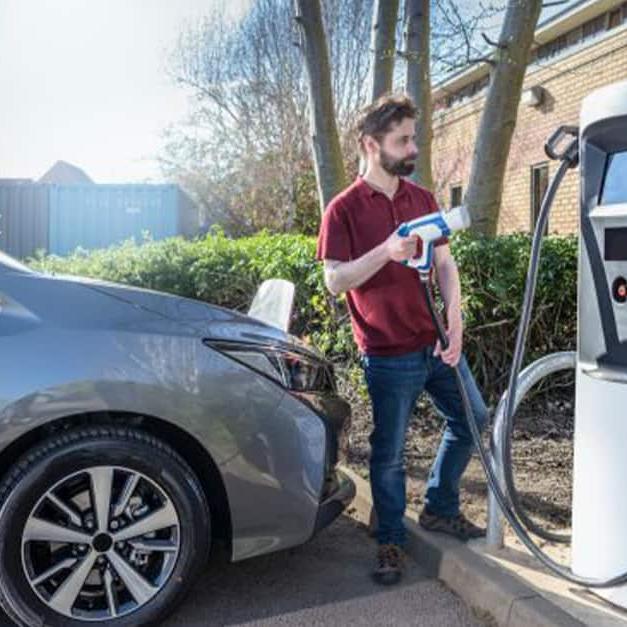Control Company Costs
On the Road Again: Track What’s Important by Optimizing Mileage Spend
You’ve thought a lot about how to track expenses for business purposes, particularly when it comes to events and travel. But what about mileage? While it may seem like a minor expense, it pays to learn the nuances. Just take these stats into consideration:
- Organizations with high mileage report spending up to 10.6% of their travel budget on mileage-related expenses.
- A quarter of drivers understate their annual mileage by 6,000 miles or more.
- Every year, underreported mileage causes organizations in the United States $5.4 billion dollars in losses
The problem is too costly to ignore. By forgoing documentation, your organization is increasing the likelihood of intentional mileage padding and inaccurate reporting required for compliance and tax purposes. And, at some point, these intentional attempts or inaccuracies can add up to impact your bottom line. That’s why it’s so important to hold your mileage spend to the same standards as you would with any other expense, so you can help increase your company’s controls and compliance. To see where your organization stands compared to others in your industry, check out our annual benchmarking data for mileage in 2021.
2021 enterprise mileage benchmarks by industry
Enterprise organizations that use SAP Concur solutions report, on average, that their mileage spend makes up 3.7% of their organization’s total expensed spend. If your mileage spend is over this industry benchmark, first rule out if mileage is a large player within your business model, then decide if it’s necessary to take a closer look to reduce mileage spending.
(click to enlarge)
Why should you optimize mileage spend?
Besides enjoying additional savings, using the proper tools to manage mileage spend can help your organization reduce the amount of intentional or unintentional inaccuracies, as well as provide insights that can change behavior in the long run.
Here are a few reasons why optimizing mileage spend is worthwhile:
- Eliminate manual processes
- Reduce tracking and validating frustrations for finance teams and drivers
- Increase the accuracy of tracking mileage data
- Reduce over-reporting and fraud
- Increase compliance and opportunities for tax breaks
- Increase cost savings
How do you optimize mileage spend?
So how do you optimize mileage spending? It all starts with getting a clearer look into the finer details of your organization’s spending data. This enables you to see where policies are working, what you could be missing, and where you can improve your system for efficiency. Use this list of best practices to start optimizing mileage spending and expose areas that are dragging down your bottom line:
- Review travel and expense (T&E) policies for opportunities to encourage employees to use automated mileage for tracking, approvals, and reporting
- Educate on mileage tracking tools such as Google Maps and Concur mobile apps, ensuring that they are enabled for employees who drive for your organization
- Consider using Concur FAVR (Fixed And Variable Reimbursement) for users with more than $5K in annual mileage reimbursement
- Acknowledge a threshold where car rental is more cost effective than mileage reimbursement
- Assess your application of audit rules to enforce commute deduction
- Encourage mileage-only users to submit at regular intervals to improve accuracy
It’s time to take control of mileage spend
Automatic mileage tracking removes the risk of reporting mistakes or purposeful fraud, increasing your ability to control budget compliance. Plus, you can do it all while making the entire experience easier for your employees; they’ll be happier, compliant, and you’ll be confident that you’re getting every bit of value for your T&E budget.
For more information, listen to our podcast or read this blog post.

